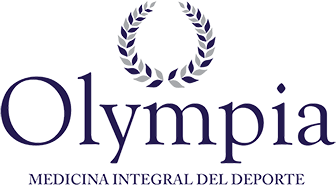The rehabilitation of an athlete includes a readjustment to practice, which is a personalized and multidisciplinary process to prepare the competitor to return with the same level of performance after an injury.
First, the athlete is evaluated in detail according to the mechanism and area of injury, questioning what the risk factors were, what the treatment possibilities are (time, cost, place), and even if it is necessary to consult with other professionals such as nutritionists or sport psychologists. Subsequently, a treatment plan is carried out, which is divided into phases for the optimization of results.
- Phase 1: It consists of a basic training that begins after healing of the injury or after surgery to maintain the movement of the body and physical condition.
- Phase 2: At the end of the first phase, training for basic general strength and proprioception follows. This also helps reinforce the area of injury.
- Phase 3: In this phase the exercise becomes more specific and is based on including coordination and more resistance in the training, this only done once the objectives of the previous phases have been completed.
- Phase 4: Finally, the last phase is the athlete’s return to normal and routine practice.
This plan of action is known as ¨Return to play¨, the main concept is to be able to return the athlete to their practice or competition without putting their health at risk. This within rehabilitation brings several benefits such as comprehensive and monitored care, damage reduction, timely recovery, and care for the athlete’s career. This is essential, especially in young athletes.
Although this management includes different health professionals, it is always important to go to your sports medicine doctor for evaluation and planning, since they will supervise this process and will know the necessary parameters to evaluate and treatment depending on the sport you do, the intensity with which you exercise, and your requirements to improve your performance.

